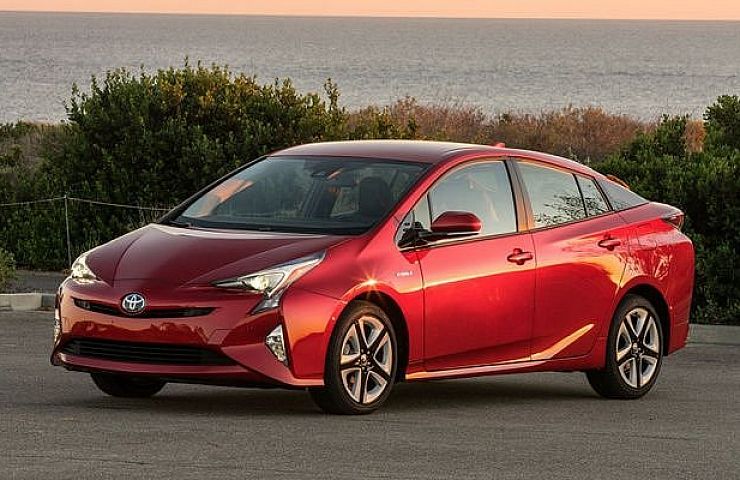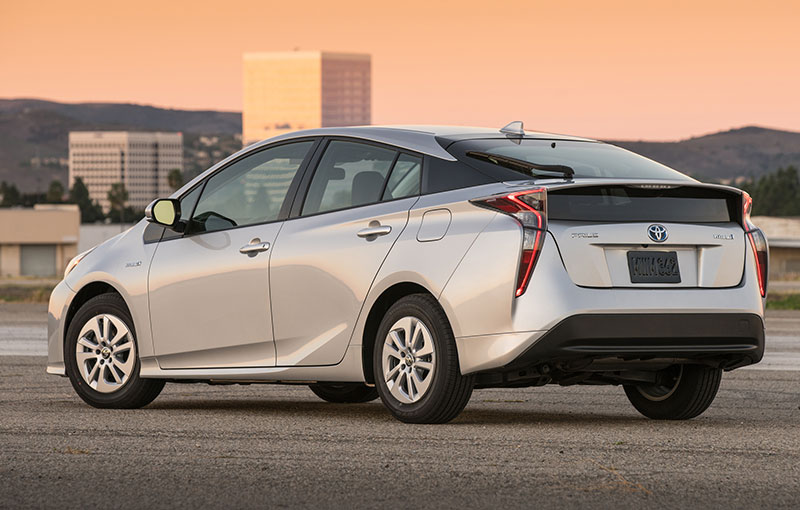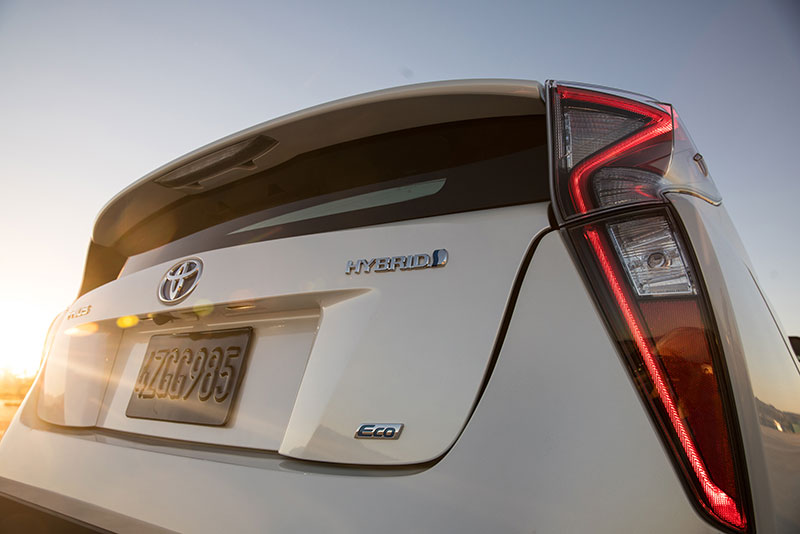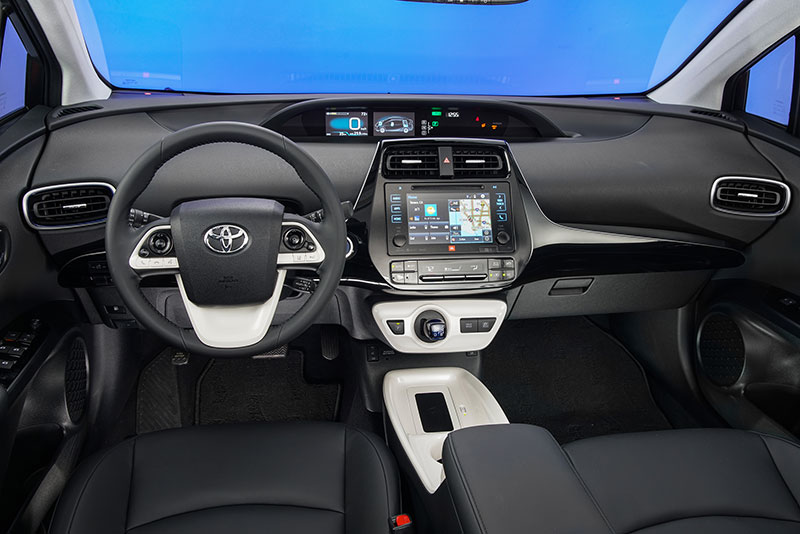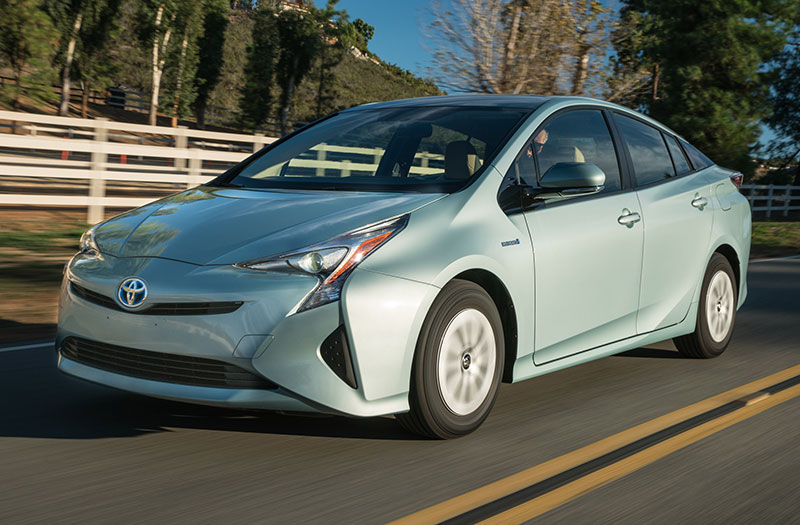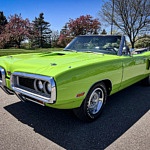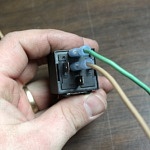The Toyota Prius isn’t just a hybrid: it’s the embodiment of green for the auto industry. Since first introducing the car in Japan in 1997, Toyota has sold more than three million units if one includes all models in the Prius family. But after five years, the liftback became dated—and sales softened. Designers and engineers charged with redesigning the car for the 2016 model year faced the Herculean task of appealing to Prius’s cult following, while broadening its appeal with upgrades to styling and performance.
Toyota usually doesn’t try to reinvent the wheel. The new Prius, while evolutionary, is by no means revolutionary. Its updated exterior is an edgier but recognizable version of the familiar face, with more angular headlamps, tail lamps, and more distinct beltline. Moving the roof peak forward made the Prius more aerodynamic, but the change is not especially noticeable unless one compares the new and old cars side-to-side.
In the Toyota tradition, the fourth-generation car is larger: 2.4-inches longer than the current model. Engineers lowered the chassis by an inch to move down the center of gravity, improving stability at higher speeds and boosting gas mileage.
The OEM is offering its first-ever lithium-ion battery packs in upscale Prius III and IV models, sticking with nickel metal hydride in the value-priced Prius II. Since the hybrid’s key selling point is its fuel economy, Toyota has also added an Eco version of the Prius II that averages 58 MPG around town.
Changes to the powertrain are subtle but significant. Body structure is stiffer resulting in noticeably better steering response and the continuously variable transmission offers more linear performance, making better use of the car’s low-end torque.
Engineers replaced the torsion beam rear axle with a double wishbone suspension. While it added weight to the back, the new suspension eliminates the annoying clunking at high speeds caused by a heavy battery pack over a solid rear end. The front transaxle is smaller and lighter, giving the 2016 car better front-to-rear weight balance than the 2015 model.
While driving dynamics have improved, the fourth generation Prius is by no means a perfect car. Visibility to the rear is still obstructed by the split glass and a high cowl makes it difficult for small driver to have a clear forward view.
There are limitations to what small wheels with low rolling resistance tires can do in the corners. On-center response from the electric power steering system is better, but still not as good as a traditional rack-and-pinion setup. Producing a car with a 0.24 coefficient of drag and 50 mile-per-gallon average fuel economy requires some compromises.
But at the end of the day, the new Prius is exactly what it needs to be: a safe, solid car with ample power and amazing fuel economy. With a 20-year track record, buyers know they are getting a durable product that will last many years. An edgier exterior, new safety, and infotainment features should give the fourth-generation Prius the bump Toyota was looking for, luring new, enthusiastic buyers into its faithful flock.
See Toyota Prius 2016 Cars and Trucks for sale on eBay.

